24 UMMA Objects
24 UMMA Objects

Yokoi Kinkoku (Japanese (culture or style))
Portrait of the Poet 'Basho'
1767 – 1832
Museum purchase made possible by the Margaret Watson Parker Art Collection Fund
1968/2.22
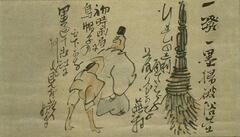
Yosa Buson (Japanese (culture or style))
Broom, Poems, and Poets
18th century
Museum purchase made possible by the Margaret Watson Parker Art Collection Fund
1969/2.24
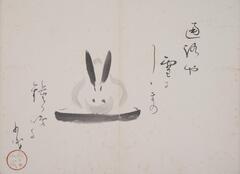
Japanese (Japanese (culture or style))
Rabbit, from a collaborative album of 11 pages
1918 – 1928
Gift of Dr. and Mrs. J. Robert Willson
1982/2.7.7

Ōtagaki Rengetsu
Eggplant and Calligraphy
19th century
Museum purchase made possible by the Margaret Watson Parker Art Collection Fund
1964/1.98
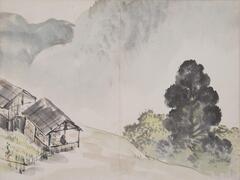
Kubota Kinsen
Enjoying the Scenery from a Mountaintop Tea House, from a collaborative album of 11Sketches
1918 – 1928
Gift of Dr. and Mrs. J. Robert Willson
1982/2.7.3
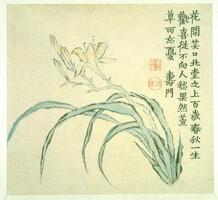
Jin Nong
Daylilies
1754 – 1756
Gift of Dr. and Mrs. Charles C.S. Ling, in memory of Vee Ling Edwards
1996/2.29

Japanese (Japanese (culture or style))
Hobbyhorse, from a collaborative album of 11 pages
1918 – 1928
Gift of Dr. and Mrs. J. Robert Willson
1982/2.7.1
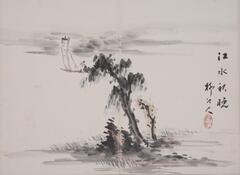
Japanese (Japanese (culture or style))
Lakeside in Autumn Evening, from a collaborative album of 11 pages
1918 – 1928
Gift of Dr. and Mrs. J. Robert Willson
1982/2.7.6
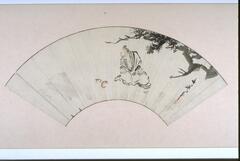
Tani Bunchō
Scholar Seated under a Tree
1767 – 1840
Museum purchase made possible by the Margaret Watson Parker Art Collection Fund
1964/1.96
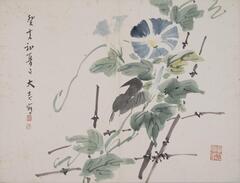
Kubota Kinsen
Morning Glory, from a collaborative album of 11 pages
1918 – 1928
Gift of Dr. and Mrs. J. Robert Willson
1982/2.7.4
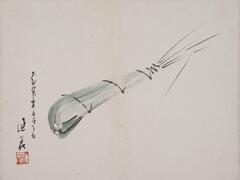
Japanese (Japanese (culture or style))
Wheat sheaf, from a collaborative album of 11 pages
1918 – 1928
Gift of Dr. and Mrs. J. Robert Willson
1982/2.7.5
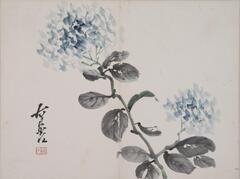
Japanese (Japanese (culture or style))
Hydrangea, from a collaborative album of 11 pages
1918 – 1928
Gift of Dr. and Mrs. J. Robert Willson
1982/2.7.8
Loading…
